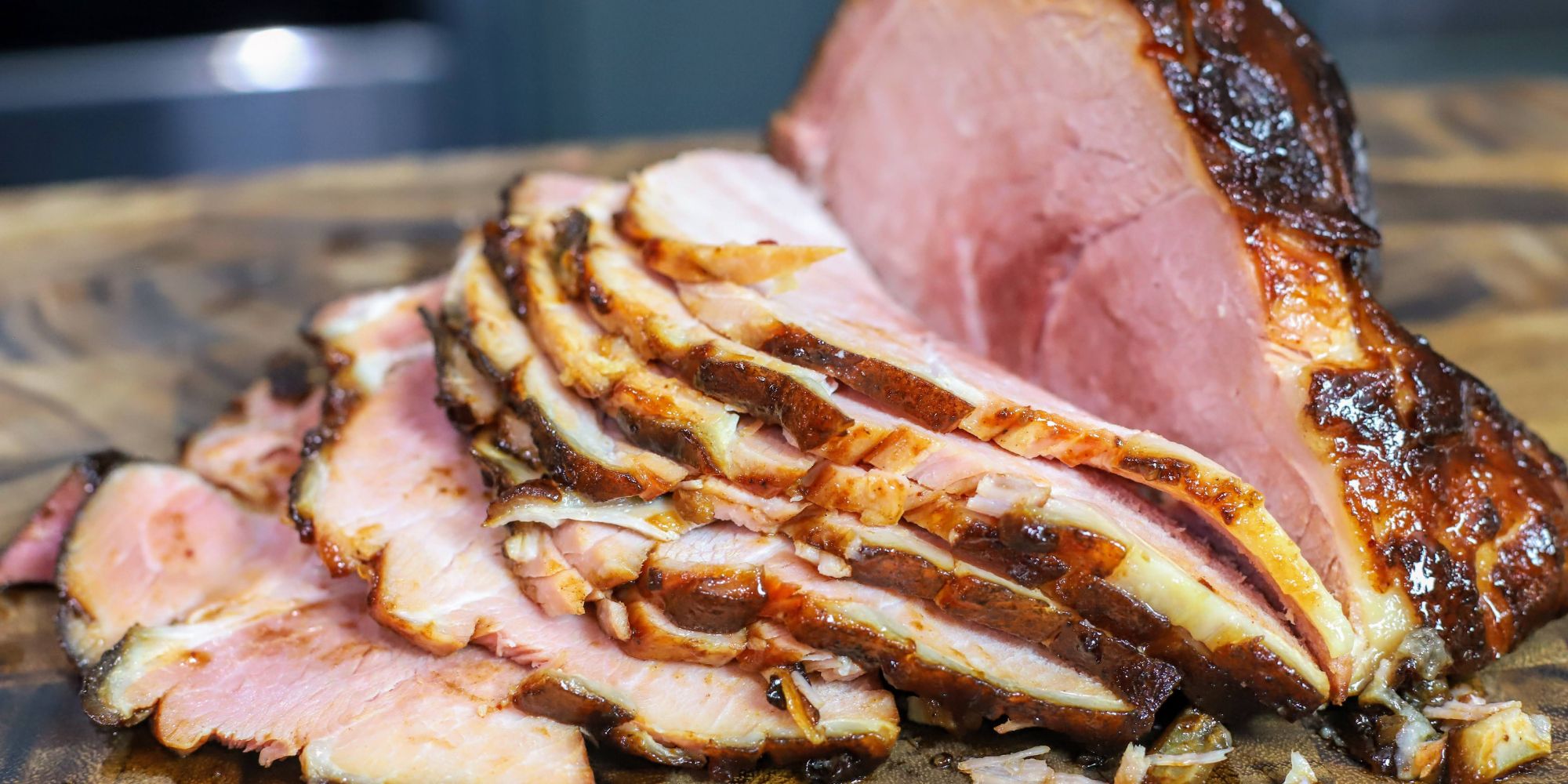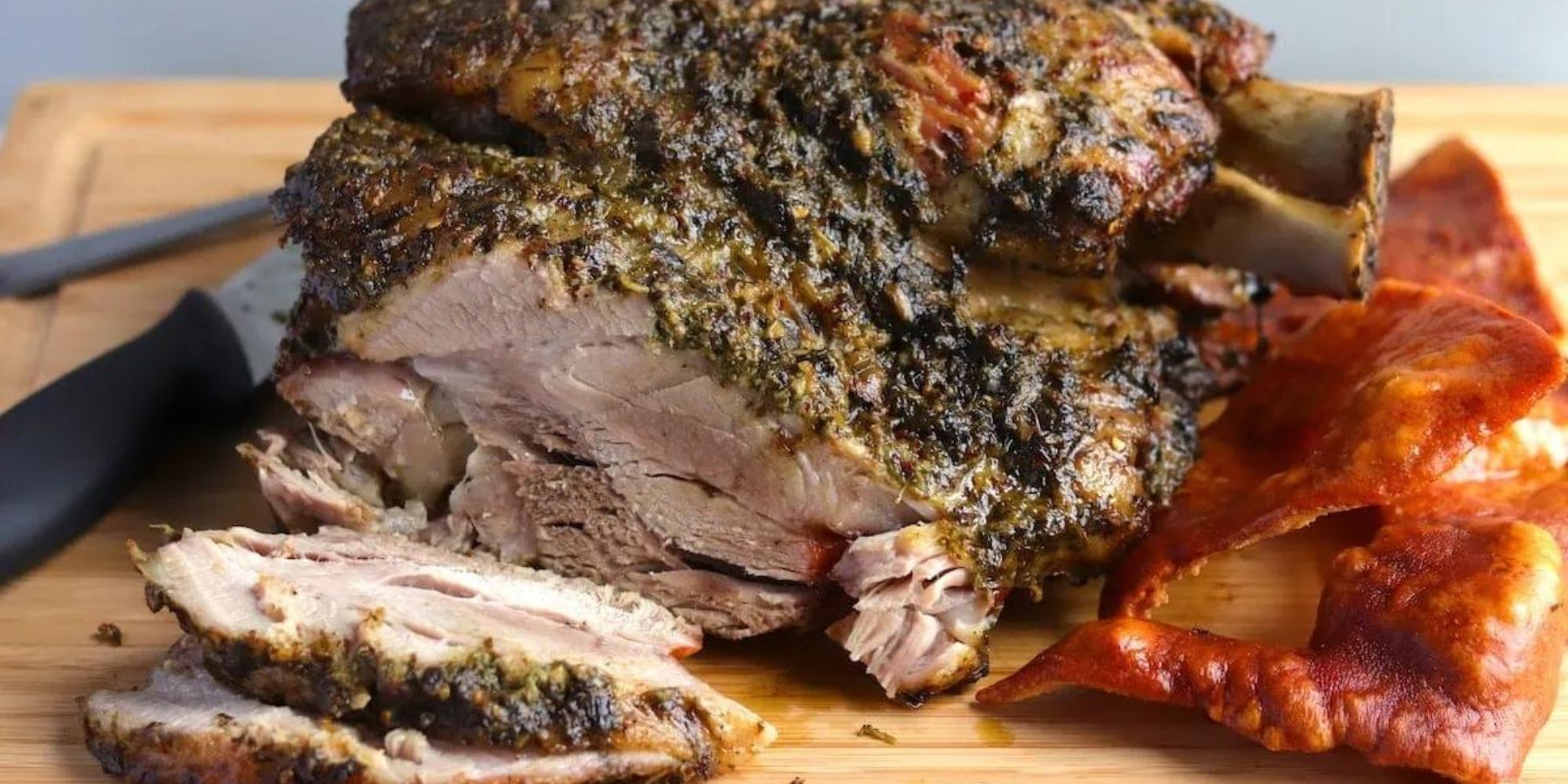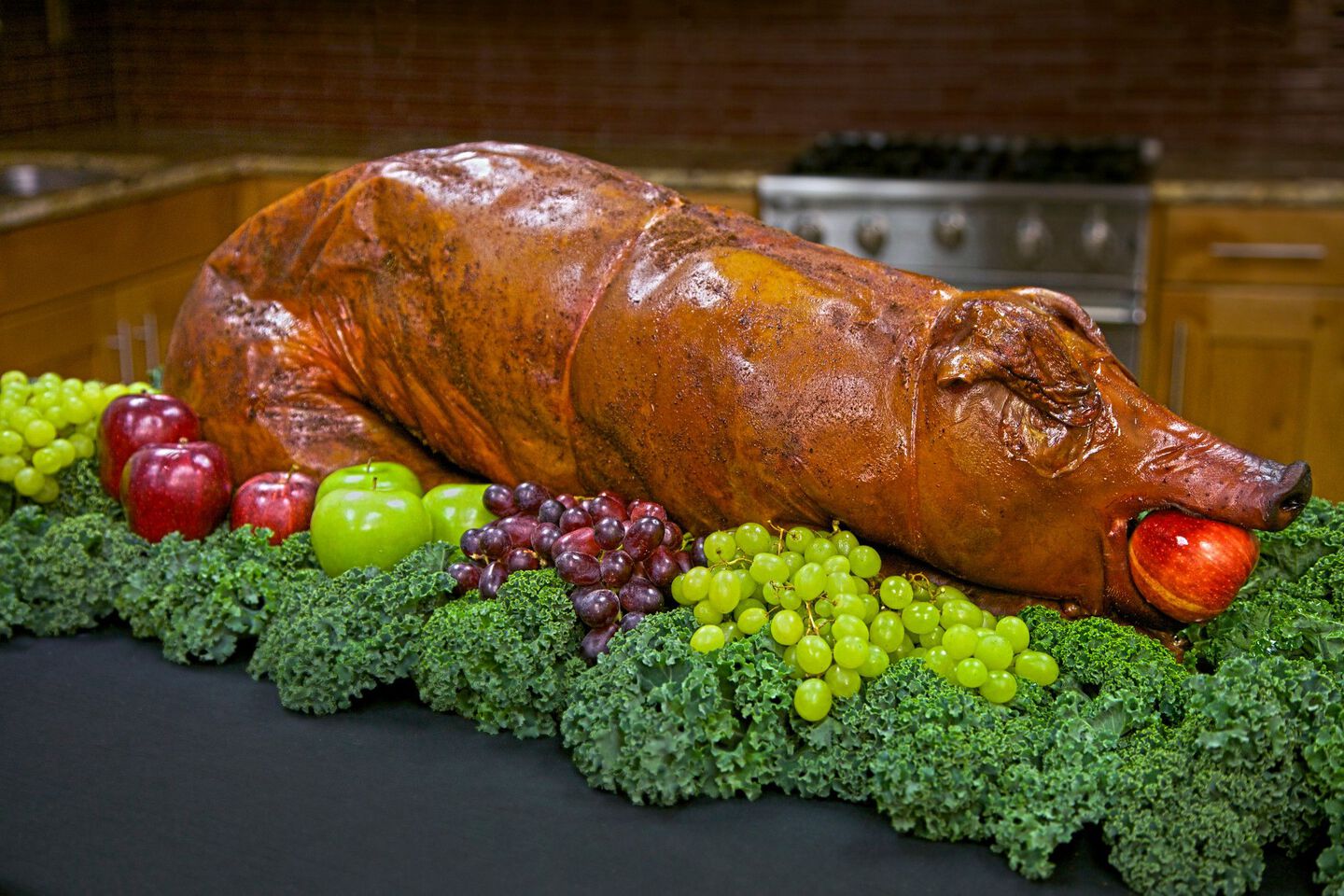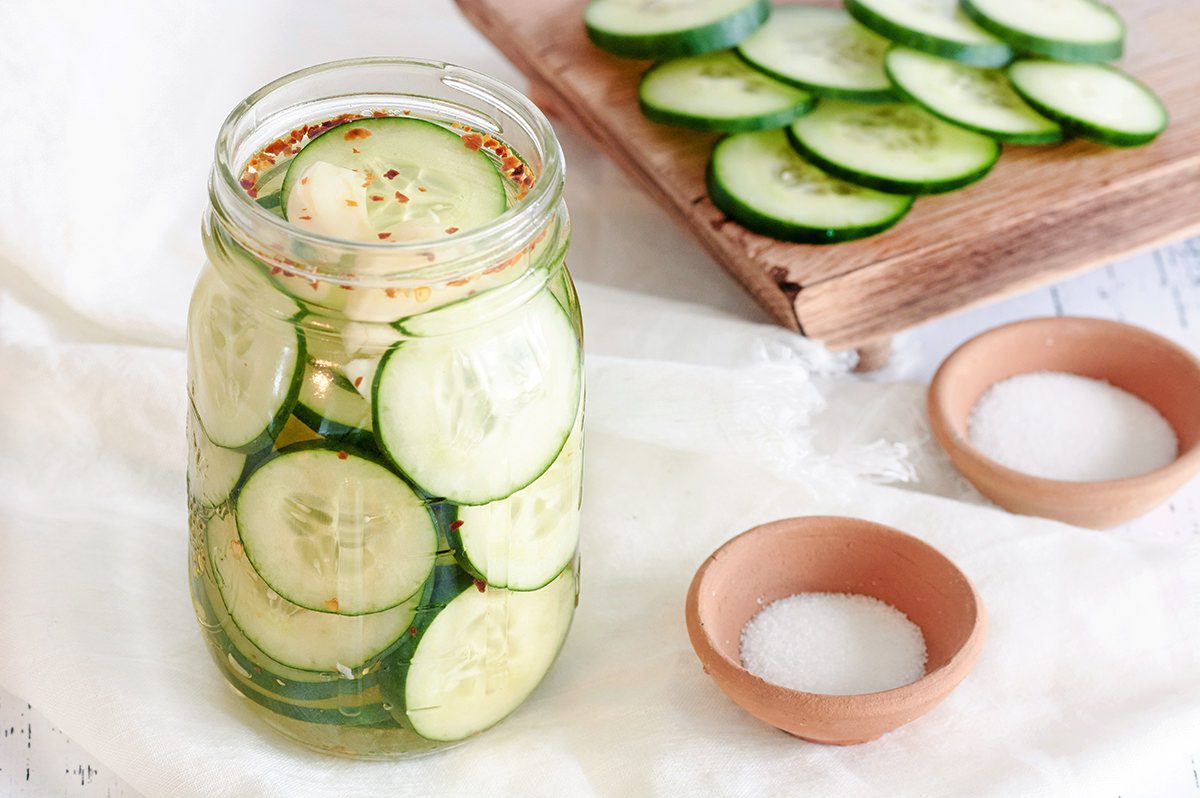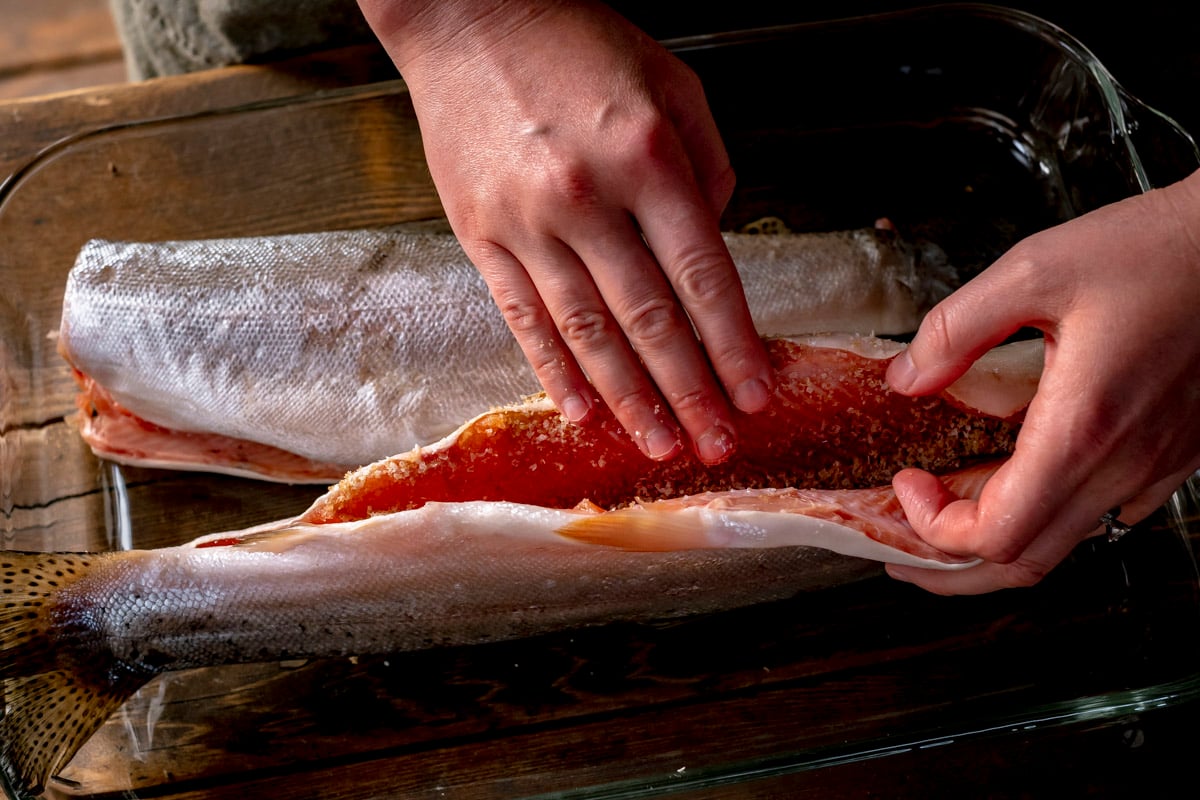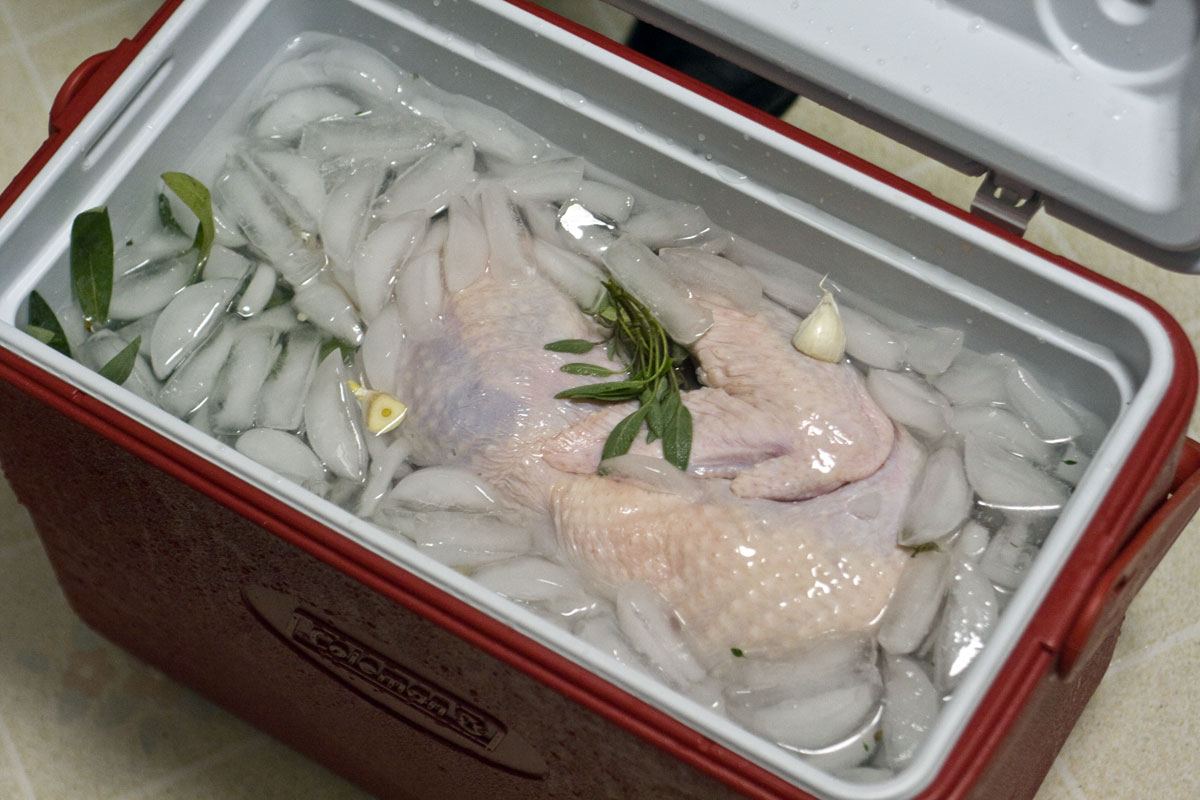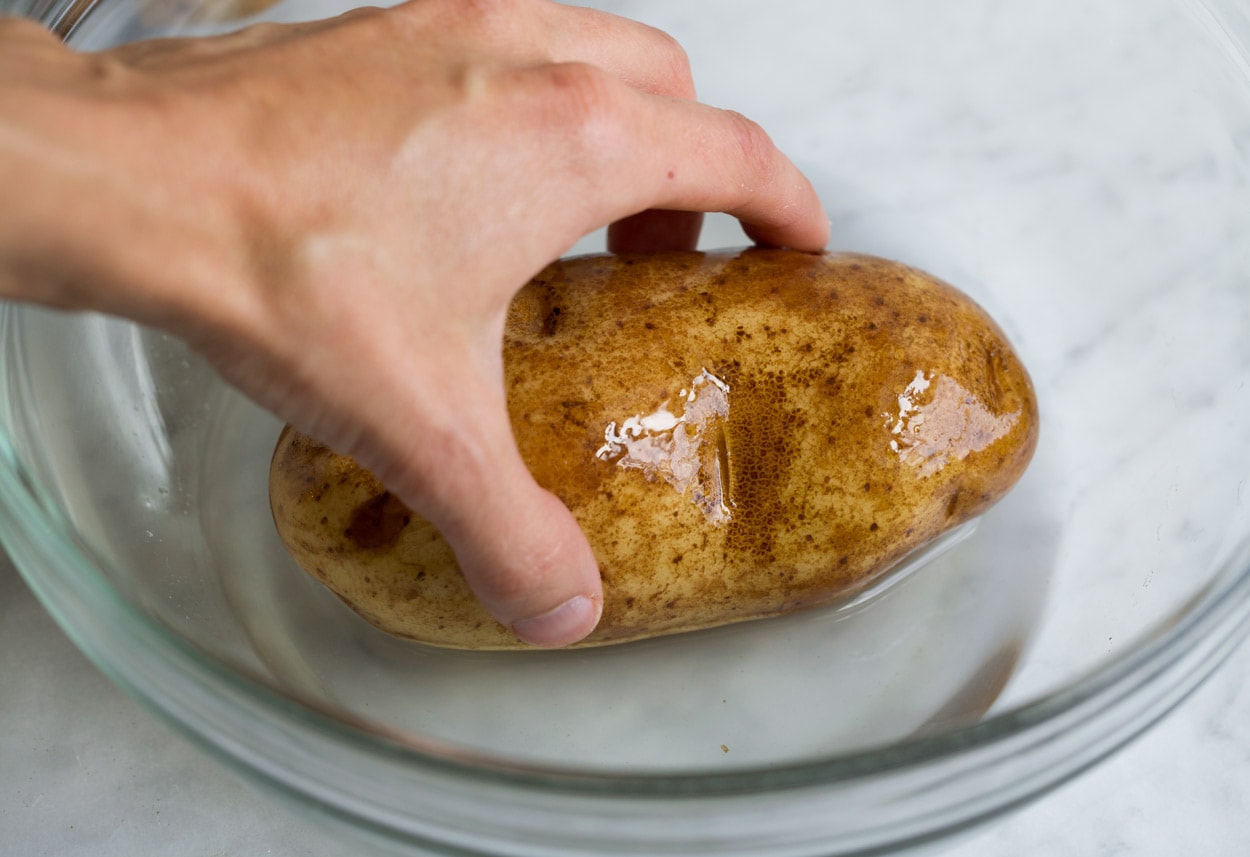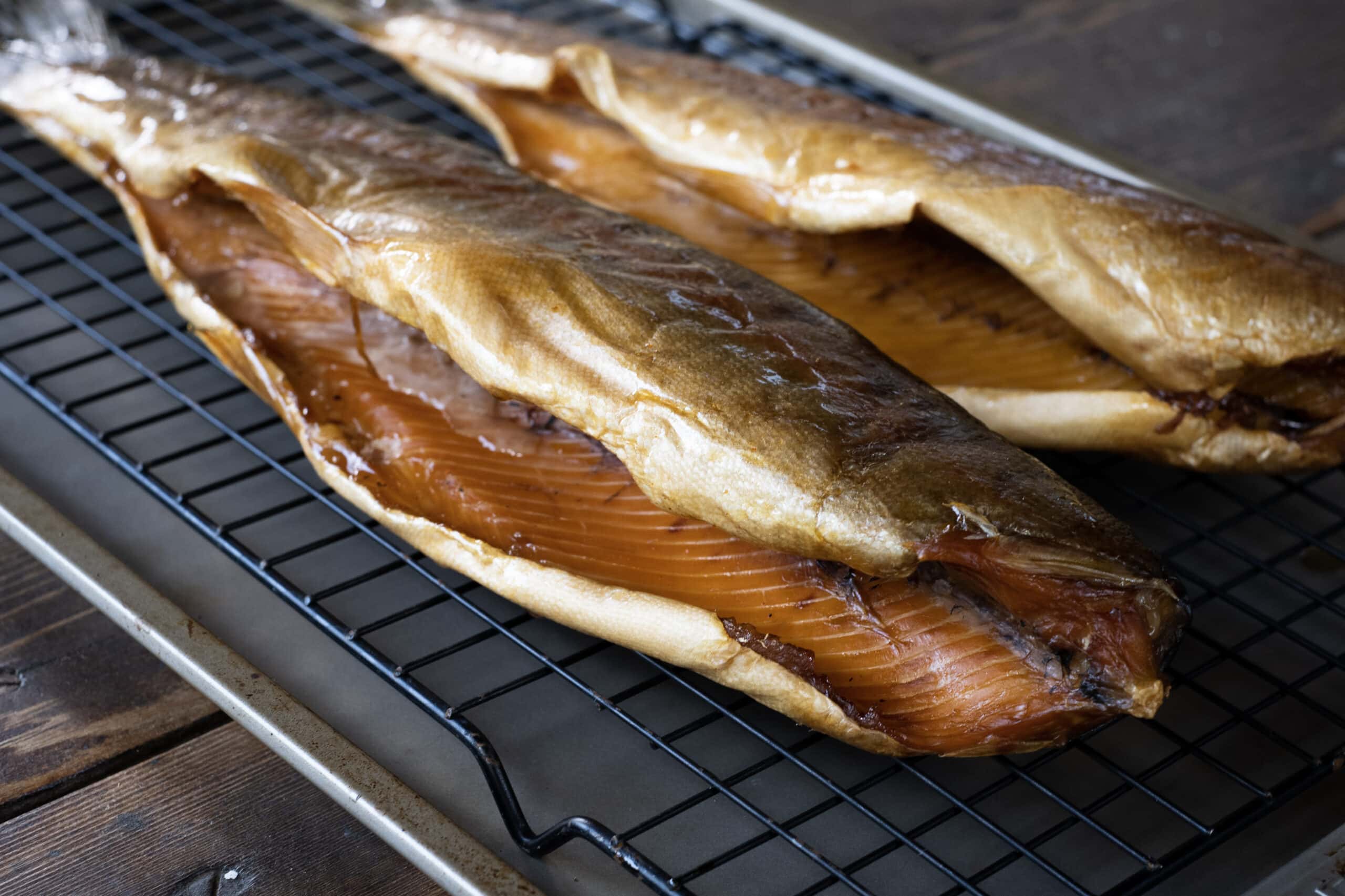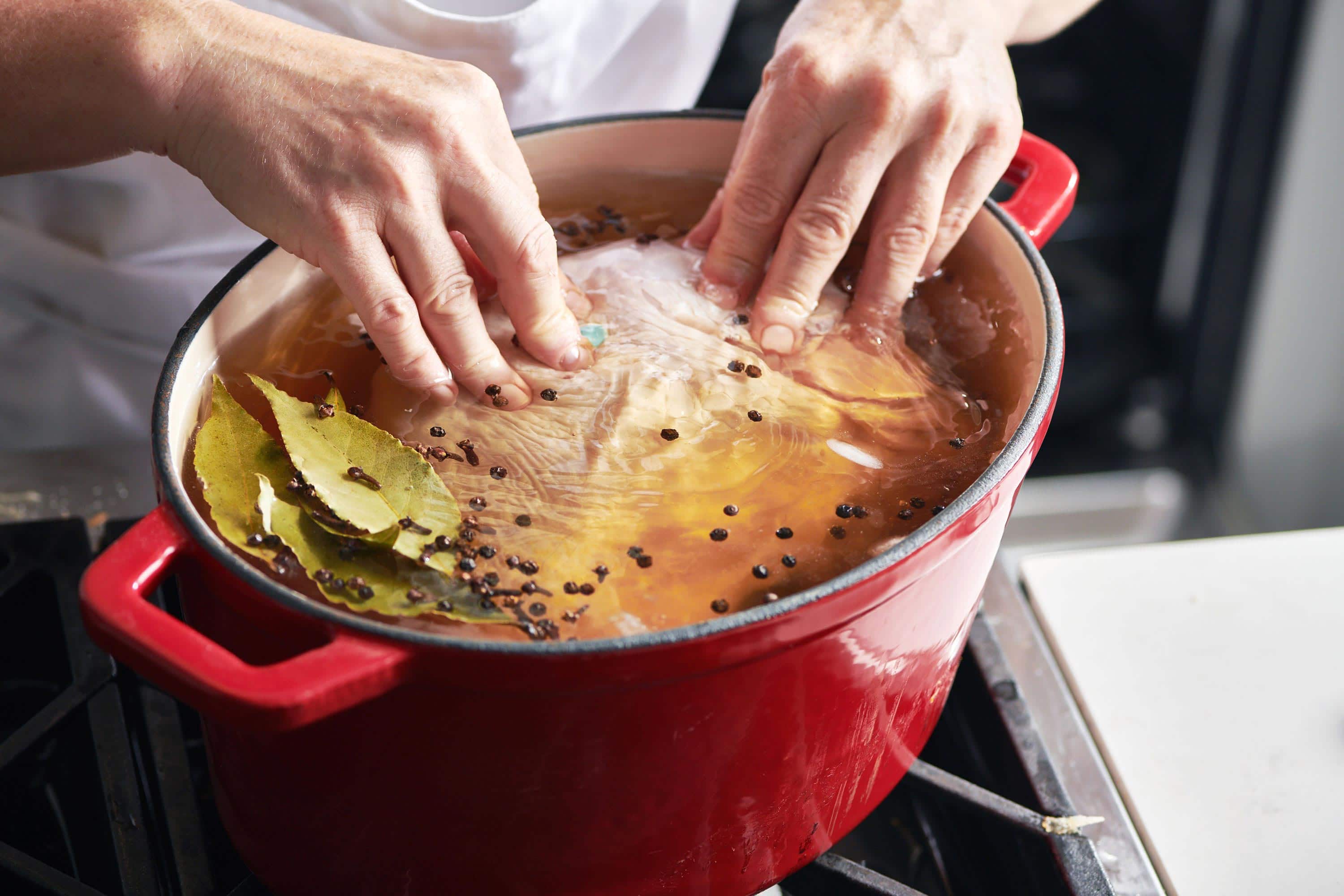Brining Meat: A Simple Guide for Home Cooks
Brining is a technique that involves soaking meat in a saltwater solution to enhance its flavor and juiciness. It’s a simple and effective way to elevate the taste and texture of your favorite cuts of meat. Whether you’re preparing chicken, turkey, pork, or even fish, brining can take your culinary creations to the next level.
Why Brine Meat?
Brining serves several purposes when it comes to meat. The salt in the brine solution helps to break down the muscle fibers, allowing the meat to absorb more moisture and flavor. This results in juicier and more flavorful meat, especially when it comes to lean cuts that tend to dry out during cooking.
Additionally, brining can help to tenderize tougher cuts of meat, making them more enjoyable to eat. The salt also acts as a natural preservative, helping to extend the shelf life of the meat.
How to Brine Meat at Home
Brining meat at home is a straightforward process that requires just a few simple ingredients and some advance planning. Here’s a basic guide to brining meat:
- Choose Your Meat: Select the type of meat you want to brine. This could be anything from a whole chicken to pork chops or even a thick steak.
- Prepare the Brine: In a large container, mix together water, salt, and any additional flavorings such as sugar, herbs, and spices. The general ratio for a basic brine is 1 cup of salt to 1 gallon of water.
- Submerge the Meat: Place the meat in the brine solution, ensuring that it is fully submerged. You can use a heavy plate or a resealable plastic bag filled with water to weigh down the meat and keep it submerged.
- Brine for the Right Amount of Time: The brining time will depend on the type and size of the meat. As a general rule of thumb, brine poultry for 4-6 hours, pork for 12-24 hours, and larger cuts of beef for 24-48 hours.
- Rinse and Pat Dry: Once the brining time is complete, remove the meat from the brine and rinse it thoroughly under cold water. Pat the meat dry with paper towels before cooking.
Flavor Variations
While a basic saltwater brine is effective on its own, you can also experiment with different flavorings to customize the brine to your liking. Consider adding ingredients such as garlic, peppercorns, citrus zest, or fresh herbs to infuse the meat with additional flavors.
For a sweeter brine, you can incorporate brown sugar, maple syrup, or honey to balance out the saltiness. The possibilities are endless, so don’t be afraid to get creative with your brine recipes.
Cooking Tips
When cooking brined meat, keep in mind that it has already absorbed some salt from the brine, so be mindful of additional seasoning. Avoid oversalting the meat, especially if your brine was on the saltier side.
Brined meat tends to cook faster than non-brined meat, so use a meat thermometer to ensure that it reaches the appropriate internal temperature for safe consumption.
Conclusion
Brining meat at home is a simple yet effective way to enhance the flavor and juiciness of your favorite cuts. With just a few basic ingredients and some advance planning, you can take your culinary creations to the next level and impress your family and friends with tender, flavorful dishes.
So, the next time you’re preparing meat for a meal, consider giving brining a try. With a little practice and experimentation, you’ll be well on your way to mastering the art of brining at home.
Was this page helpful?
Read Next: How To Brine A Salmon For Smoking
